Energy efficiency is a growing concern for homeowners in Des Moines and Cedar Rapids, and your roof plays a significant role in determining your home’s overall energy performance. By choosing energy-efficient roofing solutions, you can reduce your environmental impact, lower your utility bills, and enhance the comfort of your home. This guide explores the various energy-efficient roofing options available and how they can benefit both your wallet and the planet.
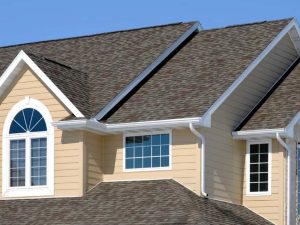
1. Cool Roofing Materials
Cool roofing materials are designed to reflect more sunlight and absorb less heat than standard roofing materials. This can significantly reduce the temperature of your roof, especially during the hot summer months in Iowa. There are several types of cool roofing materials to consider:
- Cool Shingles: These are similar to traditional asphalt shingles but are coated with reflective granules that help reduce heat absorption.
- Metal Roofing: Metal roofs naturally reflect sunlight and are often coated with special finishes to enhance their reflective properties.
- Cool Membrane Roofing: For flat or low-slope roofs, cool membrane roofing systems can be highly effective. These materials are typically white or light-colored, reflecting a significant portion of solar energy.
Cool roofing materials can lower the temperature inside your home, reducing the need for air conditioning and cutting energy costs. They also help extend the lifespan of your roof by reducing thermal expansion and contraction.
2. Insulation and Ventilation
Proper insulation and ventilation are crucial for maintaining energy efficiency in your roofing system. Insulation helps keep your home warm in the winter and cool in the summer by reducing the transfer of heat between your attic and living spaces. Common insulation materials include:
- Fiberglass Batts: These are affordable and easy to install, making them a popular choice for attic insulation.
- Spray Foam Insulation: This option provides excellent thermal resistance and can seal gaps and cracks, preventing air leaks.
- Reflective Insulation: This type of insulation is designed to reflect radiant heat away from your home, making it ideal for hot climates.
Ventilation is equally important, as it helps regulate the temperature in your attic, preventing heat buildup that can lead to higher energy costs and premature roof aging. Roof vents, ridge vents, and soffit vents are all effective options for improving attic ventilation.
3. Solar Roofing
Solar roofing is an innovative solution that allows you to generate electricity while protecting your home. Solar panels can be installed on your roof to capture sunlight and convert it into energy, reducing your reliance on traditional power sources. In addition to standard solar panels, there are also solar shingles available that blend seamlessly with your roof’s design.
While the upfront cost of solar roofing can be high, the long-term savings on energy bills and potential tax incentives make it an attractive option for environmentally conscious homeowners. Solar roofing can also increase the value of your home, making it a smart investment for the future.
4. Energy-Efficient Roof Coatings
Roof coatings are another effective way to improve the energy efficiency of your roof. These coatings are typically applied as a liquid and form a protective layer that reflects sunlight and reduces heat absorption. Some of the benefits of energy-efficient roof coatings include:
- Extended Roof Lifespan: By protecting your roof from UV rays and heat, coatings can help prevent damage and extend the life of your roofing materials.
- Lower Energy Costs: Reflective coatings reduce the amount of heat absorbed by your roof, leading to lower indoor temperatures and reduced cooling costs.
- Environmentally Friendly: Many roof coatings are made from sustainable materials and can be applied to existing roofs, reducing waste and the need for new materials.
Roof coatings are particularly beneficial for flat or low-slope roofs, where heat absorption can be a significant issue.
5. Green Roofing
Green roofs, also known as living roofs, involve covering your roof with vegetation. This not only provides insulation but also absorbs rainwater, reduces runoff, and improves air quality. Green roofs are especially effective in urban areas, where they can help reduce the heat island effect and create a more pleasant environment.
While green roofing requires a sturdy roof structure and regular maintenance, the environmental benefits are substantial. Green roofs can also extend the lifespan of your roof by protecting it from the elements.
Conclusion: Invest in Energy Efficiency for Long-Term Savings
Energy-efficient roofing solutions offer numerous benefits for homeowners in Des Moines and Cedar Rapids. By choosing the right materials and systems, you can reduce your energy consumption, lower your utility bills, and contribute to a more sustainable future.
If you’re considering upgrading your roof for better energy efficiency, Robison Roofing & Construction is here to help. We offer free, no-pressure estimates and inspections to guide you in selecting the best roofing solution for your home. Contact us today to start saving money and protecting the environment with an energy-efficient roof.
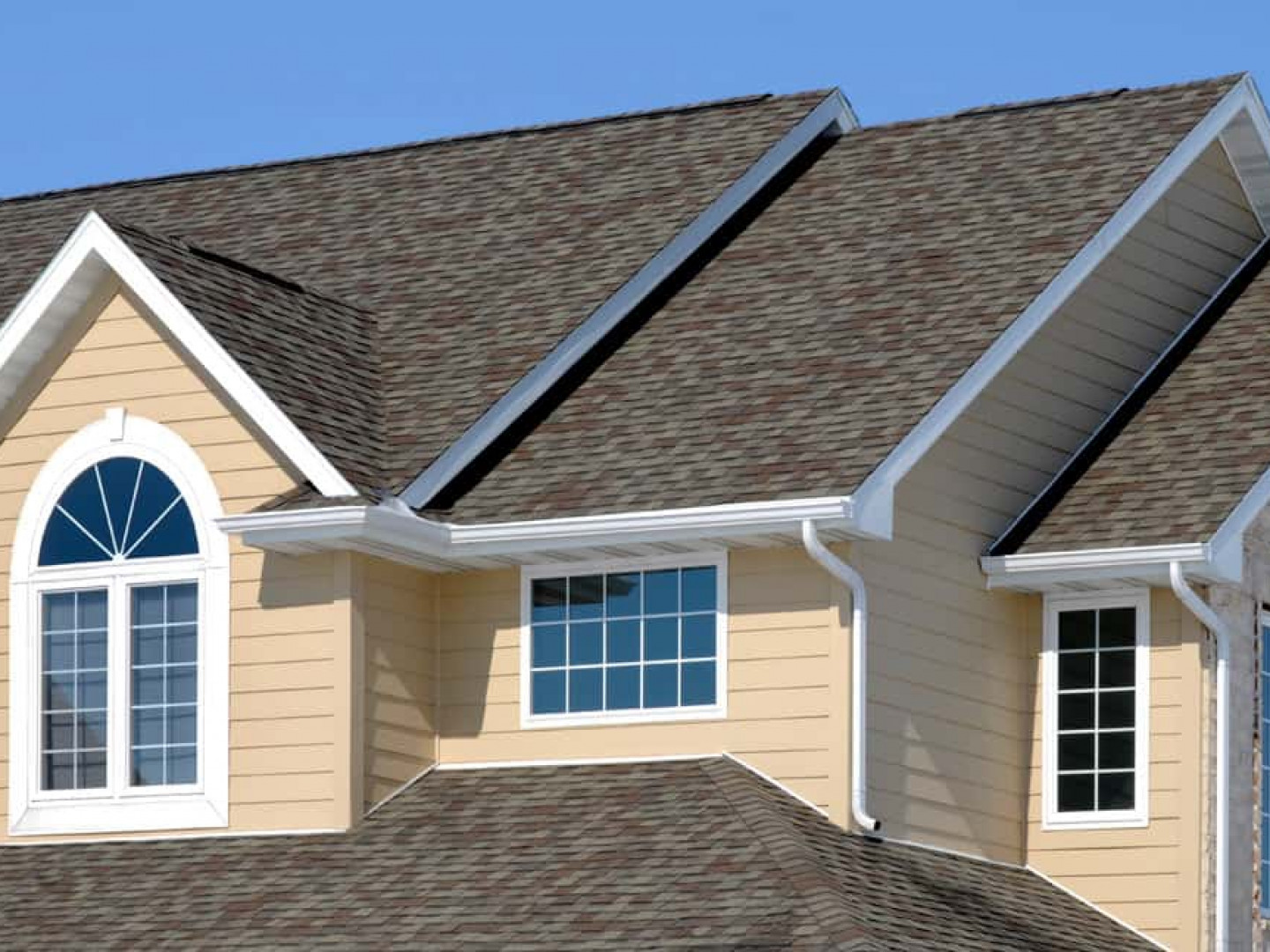
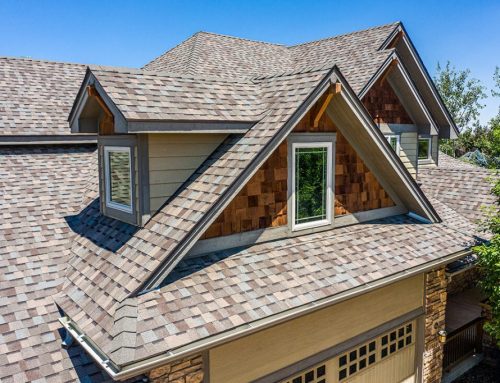
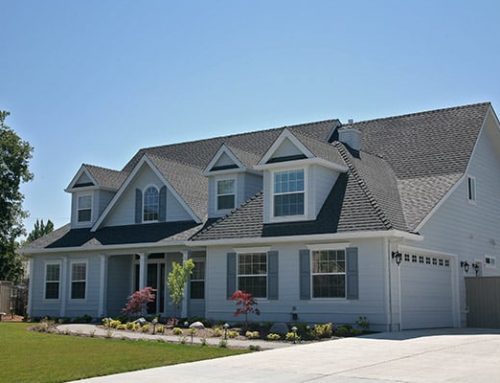
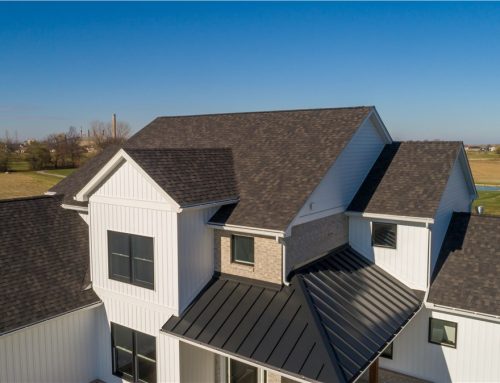
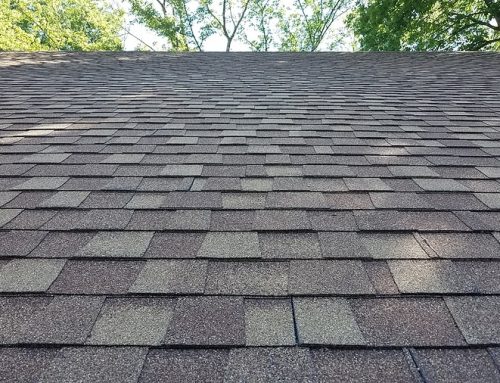
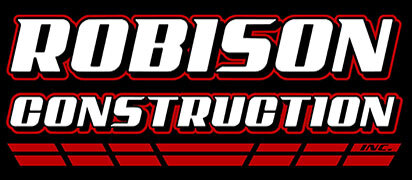
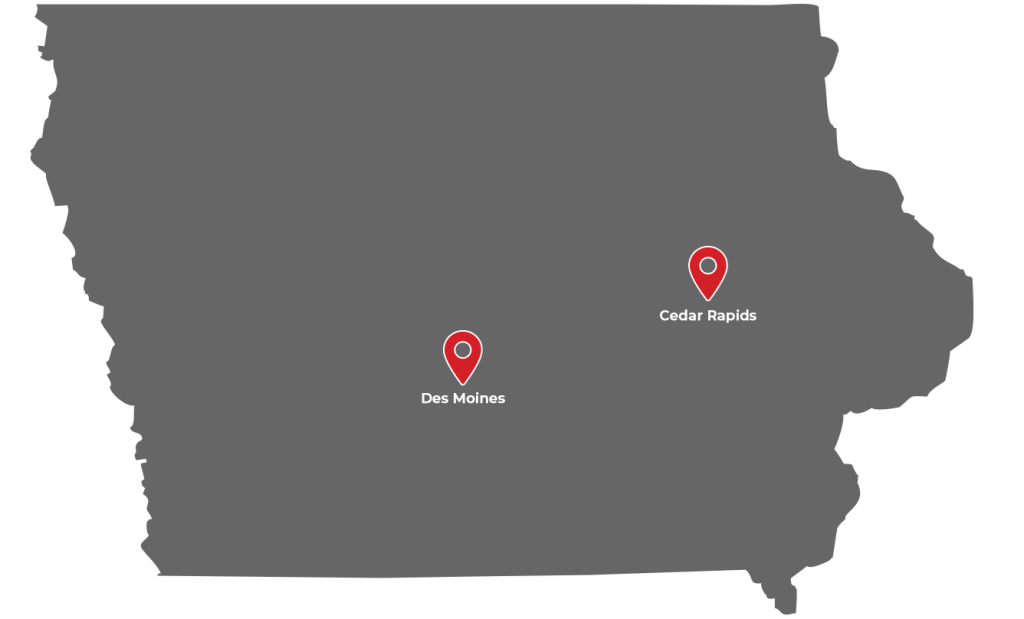
Leave A Comment